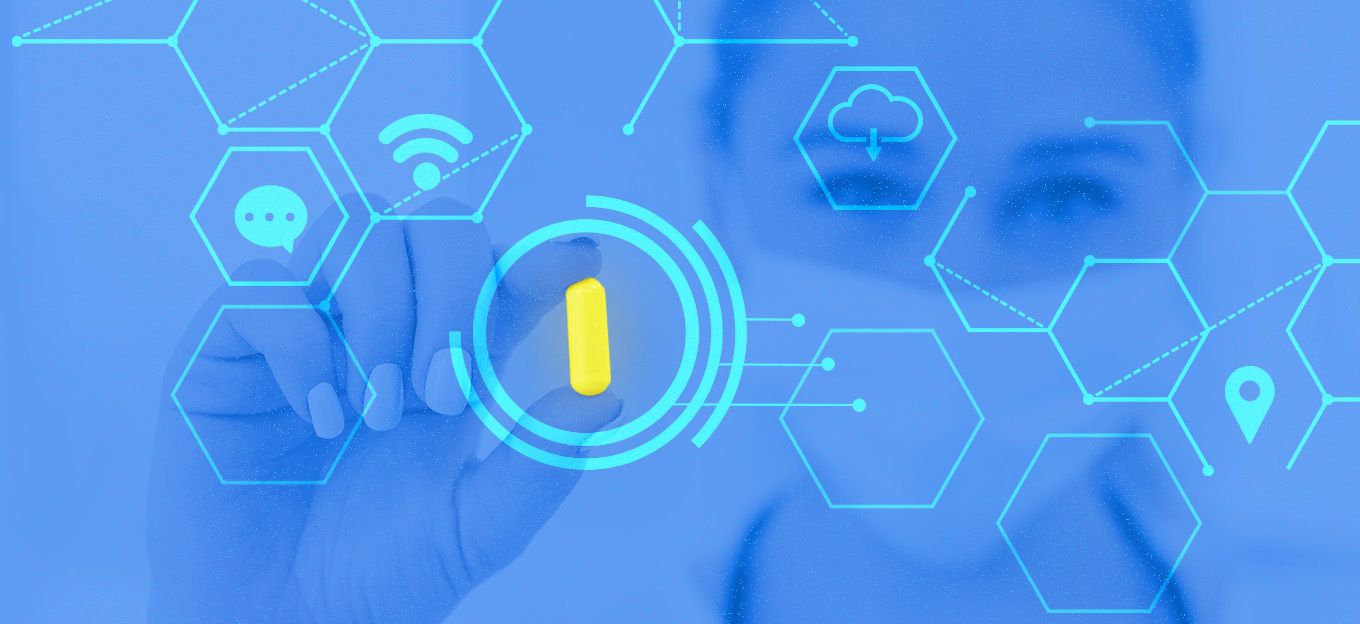How is Health Surveillance Technology Changing the Way We Respond to a Global Pandemic?
How is Health Surveillance Technology Changing the Way We Respond to a Global Pandemic?
- Last Updated: December 2, 2024
Jin Kang Kock
- Last Updated: December 2, 2024



On the 31st of December 2019, the World Health Organisation (WHO) was informed that there were 44 cases of lung inflammation with unknown causes coming from the city of Wuhan, China. While investigations are being held, on the other side of the world, BlueDot — a Canadian health surveillance company — has already warned its customers about the outbreak.
The official announcement from the Centers for Disease Control and Prevention (CDC) and the WHO didn’t come until the next month. On the 6th of January 2020, the CDC released a travel notice for Wuhan; on the 5th of January 2020, the WHO made a tweet about it.
In truth, public health officials such as the WHO and the CDC have to rely on reports from local government authorities if they are to have any insight on potential diseases. If the spread of information is a little hush-hush, it’ll affect the time it takes to get the news out. By the time the world finds out, the virus is already on its way.
Here is where the genius of BlueDot comes in.
Innovation in health surveillance technology has reshaped the speed in which we respond to a global pandemic.
BlueDot uses AI and big data to collect massive amounts of data such as foreign-language news reports, animal and plant disease networks, and official proclamations. Using machine learning and natural language processing, they can pick up patterns of when and where there is an indication of trouble. Essentially, BlueDot is able to leap over language barriers and interpret information on a macro scale.
How Did They Do It?
The pièce de résistance is in its access to global airline ticketing data. With insight into flight data, the software can quickly put us one step ahead of the virus by predicting where it is headed next.
Once the data is collected, BlueDot employs a platoon of health specialist from different fields to analyse the findings. Once the data has been verified, only then the report is sent out. As summed up by Dr. Kamran Khan, CEO and Founder of BlueDot, “We don’t use artificial intelligence to replace human intelligence, we basically use it to find the needles in the haystack and present them to our team.”
The company’s methodology takes advantage of the speed of artificial intelligence, whilst eliminating computer errors by putting experts in charge of verifying the data before it is released.
How Accurate Are They?
Let’s put it this way:
· In 2014, Khan’s research program BioDiaspora accurately predicted the migration of Ebola virus out of West Africa.
· In 2016, BlueDot predicted the spread of Zika in Florida six months before it occurred.
· This time, they predicted the virus outbreak spreading to Bangkok, Taipei, Singapore, Tokyo and Hong Kong correctly.
The results this company has been able to achieve is nothing short of fascinating, and it shows the world that we are stepping into a new age of health surveillance.
What’s Next?
Compared to the previous SARS outbreak almost two decades ago, we have indeed made great strides in our health surveillance technology.
BlueDot’s innovation is placing us on the offense towards fighting pandemics. Instead of passively reacting towards the progress of the virus, we are actively foreseeing the next chess moves to take. Innovation in health surveillance technology has reshaped the speed in which we respond to a global virus crisis.
The Most Comprehensive IoT Newsletter for Enterprises
Showcasing the highest-quality content, resources, news, and insights from the world of the Internet of Things. Subscribe to remain informed and up-to-date.
New Podcast Episode

The State of Cybersecurity in IoT
Related Articles





